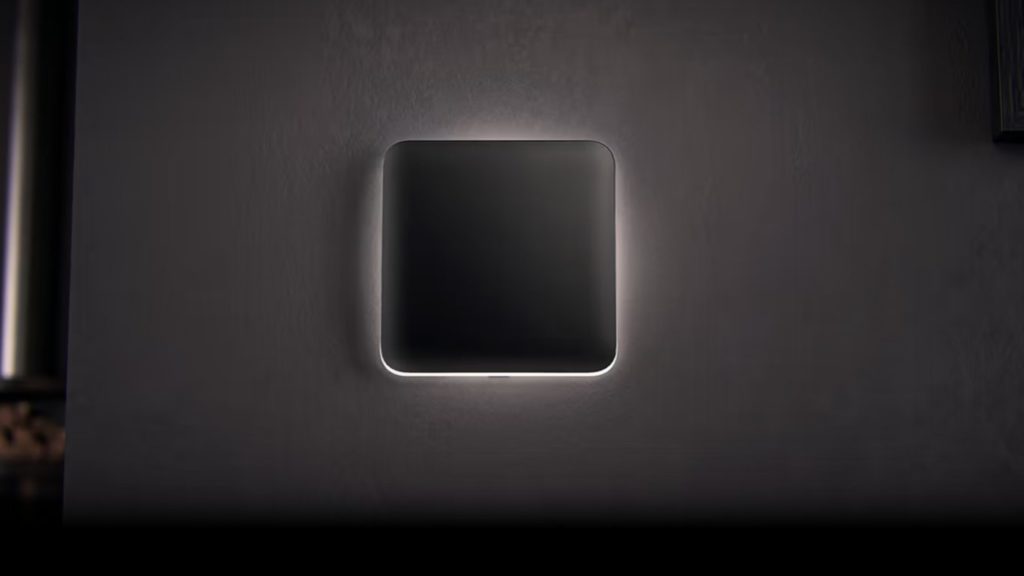
One critical component that often flies under the radar but plays a crucial role in maintaining these standards is the disconnect switch. Whether you’re involved in maintenance, installation, or procurement, understanding the different types, functions, and applications of disconnect switches can significantly enhance safety and efficiency in your operations. In this blog, we’ll dive into the essentials of disconnect switches, exploring their varieties, purposes, and real-world applications.
What Are Disconnect Switches?
Disconnect switches, also known as isolator switches, are devices designed to de-energize electrical circuits, allowing for safe inspection, maintenance, and repairs. They are crucial in preventing accidental contact with live parts and ensuring that equipment can be safely isolated from the power source. Disconnect switches are found in various industrial settings, including manufacturing plants, power distribution systems, and automated facilities.
Types of Disconnect Switches
Disconnect switches come in several types, each suited for specific applications and environments. Let’s explore some of the most common types:
- Fusible Disconnect Switches: Fusible disconnect switches integrate a fuse into the switch mechanism. These switches provide an added layer of protection by not only isolating the circuit but also interrupting overcurrent conditions. They are commonly used in environments where both circuit protection and disconnection are necessary.
- Non-Fusible Disconnect Switches: Unlike their fusible counterparts, non-fusible disconnect switches do not include a fuse. They serve solely as a means of isolating a circuit. These switches are typically used when the circuit’s protection is handled by other devices, such as circuit breakers or separate fuses.
- Safety Disconnect Switches: Safety disconnect switches, also known as safety switches, are specifically designed with enhanced safety features. These switches are often used in high-risk environments where additional safety measures are critical. They are equipped with visible blades and lockout/tagout capabilities to ensure that power is completely disconnected and cannot be accidentally re-energized.
- Double-Throw Disconnect Switches: Double-throw disconnect switches are used in systems where it is necessary to switch between two power sources, such as main and backup generators. These switches provide a secure method to transfer power, ensuring continuous operation even during maintenance or power failures.
Functions of Disconnect Switches
The primary function of a disconnect switch is to provide a safe means of disconnecting electrical equipment from the power source. This is essential for maintenance, repair, and emergency situations. Beyond this basic function, disconnect switches offer several additional benefits:
- Safety: Disconnect switches help prevent electrical accidents by ensuring that equipment is de-energized before maintenance. They reduce the risk of electrical shock and arc flash incidents.
- Equipment Protection: By isolating equipment, disconnect switches prevent damage from electrical surges and faults.
- Regulatory Compliance: Many industrial standards and regulations require the installation of disconnect switches to ensure safe working conditions.
Applications of Disconnect Switches
Disconnect switches are used in a wide range of industrial and commercial applications. Here are some common scenarios where disconnect switches are essential:
- Manufacturing Plants: In manufacturing facilities, disconnect switches are used to isolate machinery and equipment during maintenance. This ensures the safety of maintenance personnel and protects the equipment.
- Power Distribution: Disconnect switches are a critical component in power distribution systems, allowing for the safe isolation of circuits during upgrades, repairs, or emergencies.
- HVAC Systems: Heating, ventilation, and air conditioning (HVAC) systems often include disconnect switches to isolate components like compressors and fans for maintenance.
- Renewable Energy Systems: In solar and wind energy installations, disconnect switches are used to safely disconnect the renewable energy source from the grid or battery storage systems.
Disconnect switches may not be the most glamorous component in industrial automation and electrical systems, but they are undeniably important. They are critical in ensuring safety, protecting equipment, and maintaining compliance with industry regulations.
Understanding the different types of disconnect switches and their applications can help procurement professionals make informed decisions, ensuring the right switch is selected for each specific need. Whether you’re maintaining a manufacturing plant, managing a power distribution network, or working on a renewable energy project, disconnect switches are an essential part of the electrical landscape.
As you consider your next procurement or maintenance project, remember the importance of disconnect switches. For sourcing high-quality electrical automation parts, including disconnect switches, Quotebeam Marketplace is your go-to destination. Whether you’re looking for the latest models or hard-to-find components, Quotebeam offers a comprehensive selection and seamless purchasing experience. Ensure safety, efficiency, and compliance in your operations by choosing the right disconnect switches from a trusted platform.